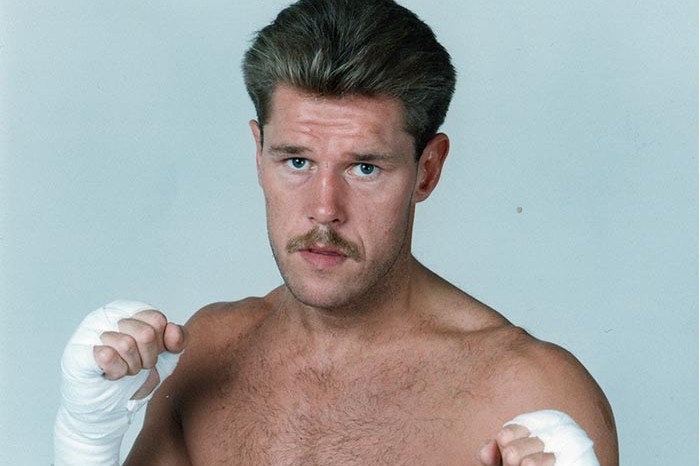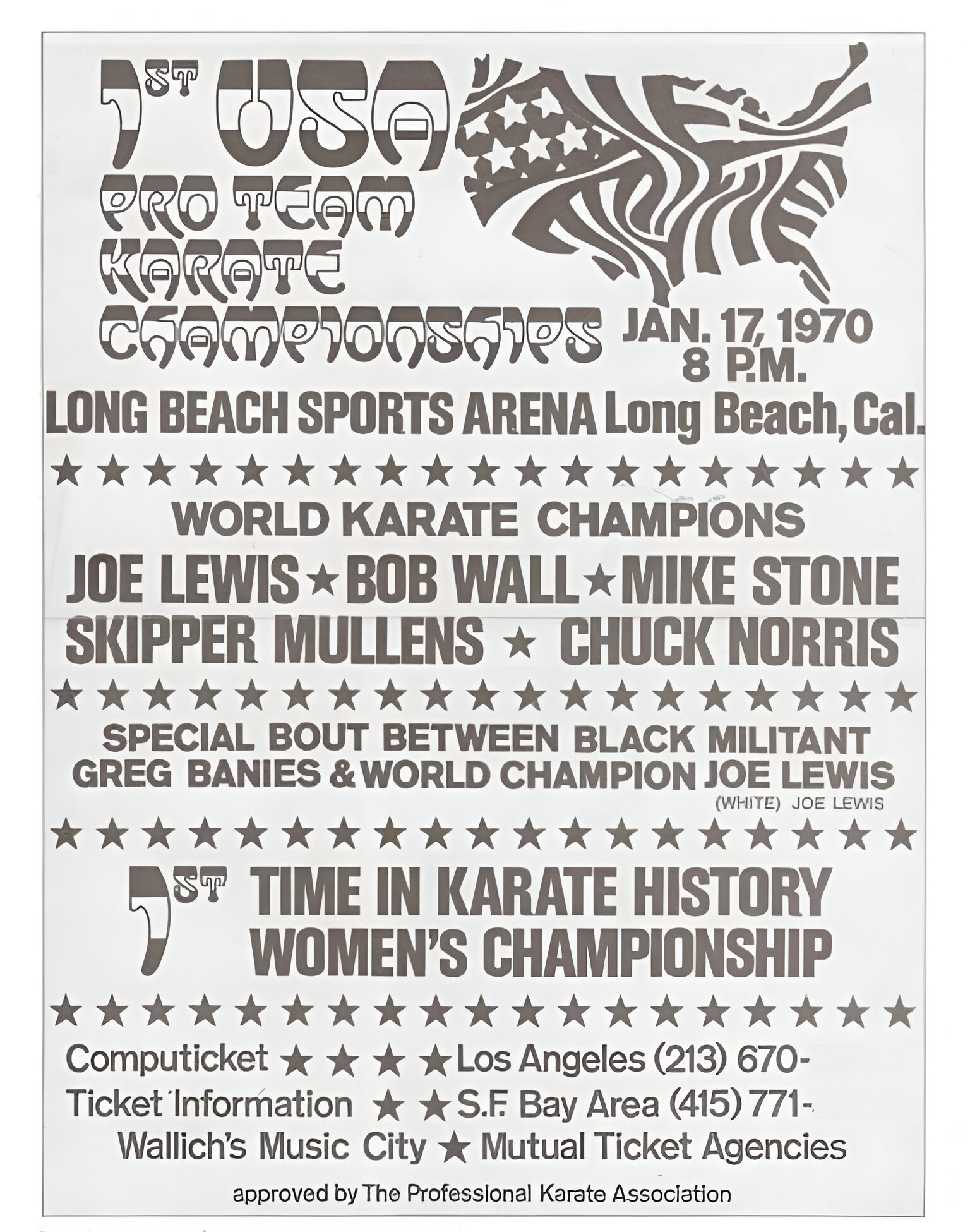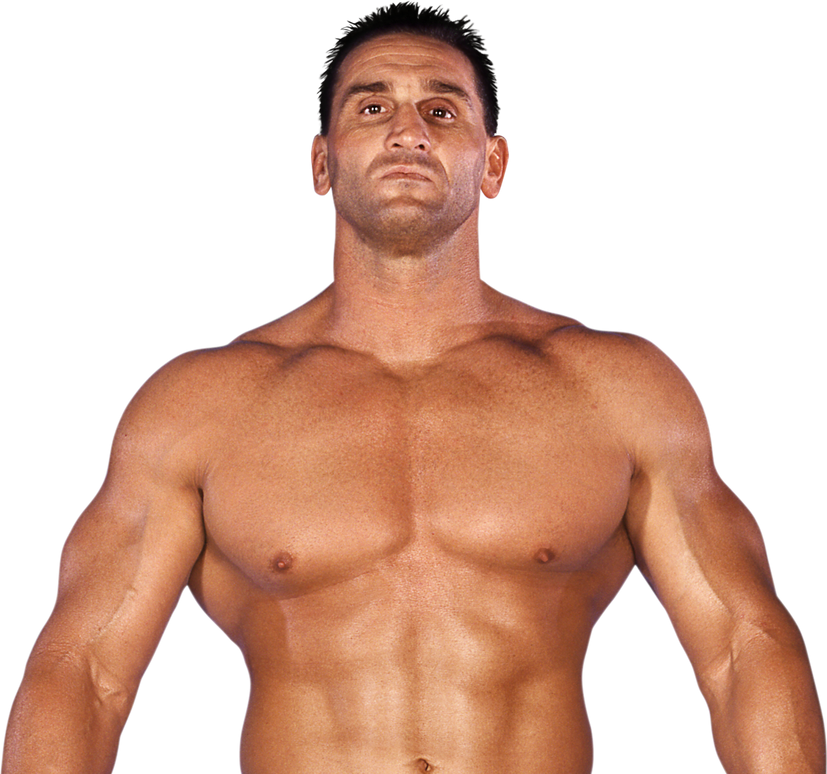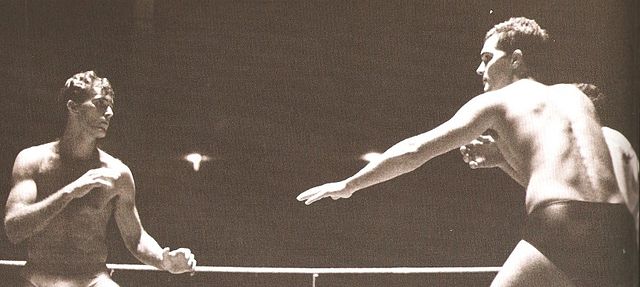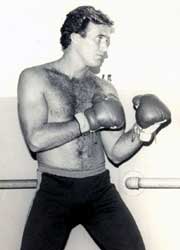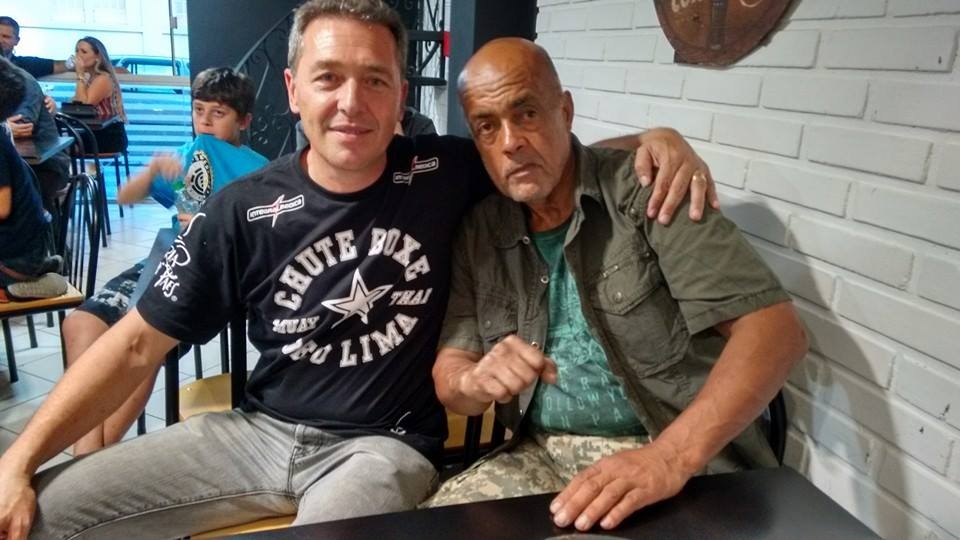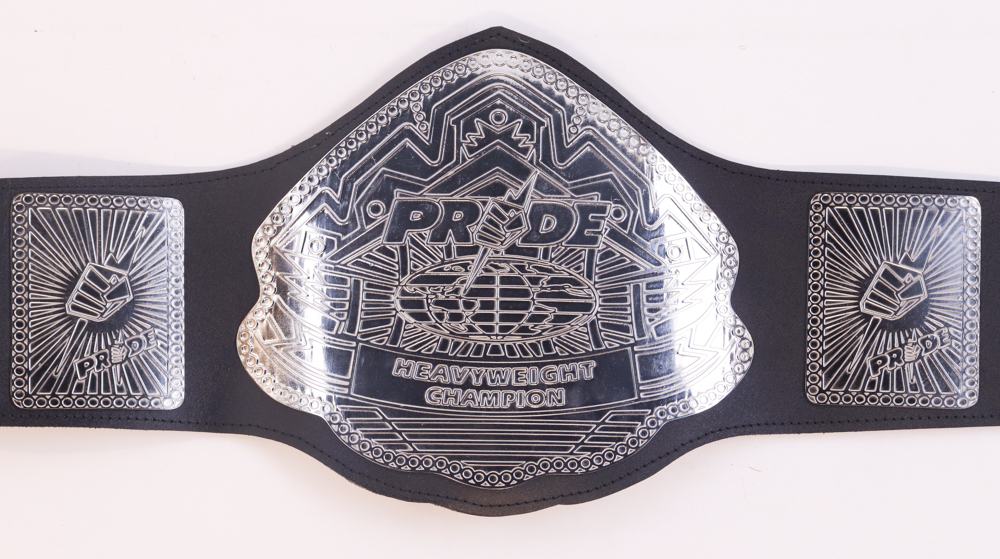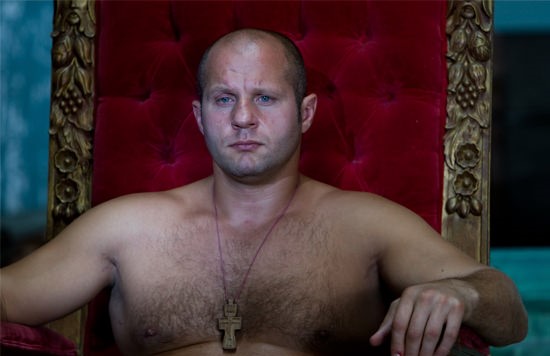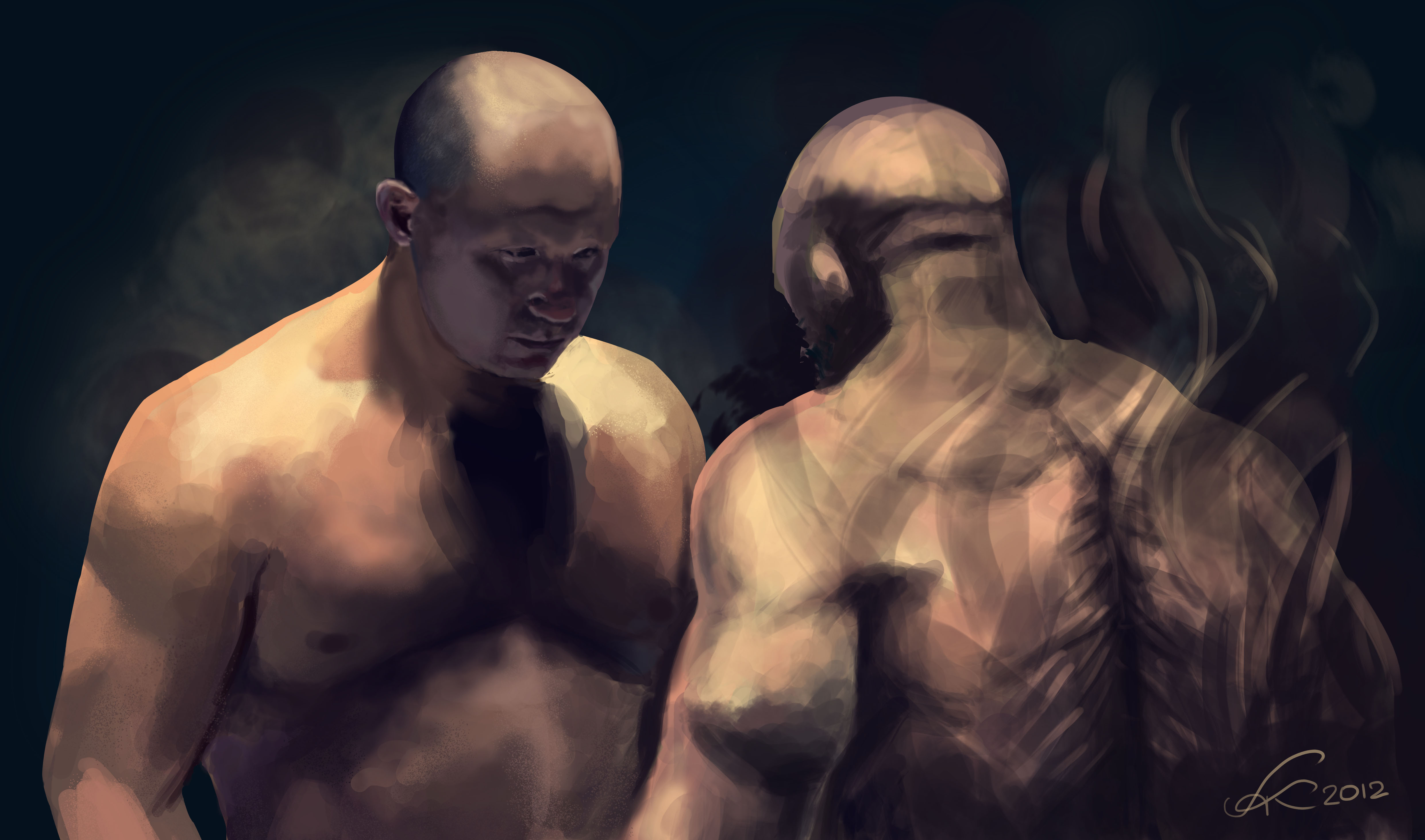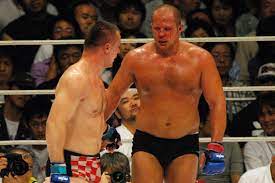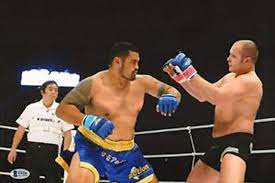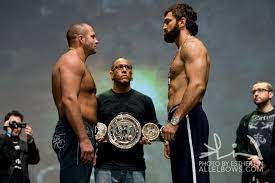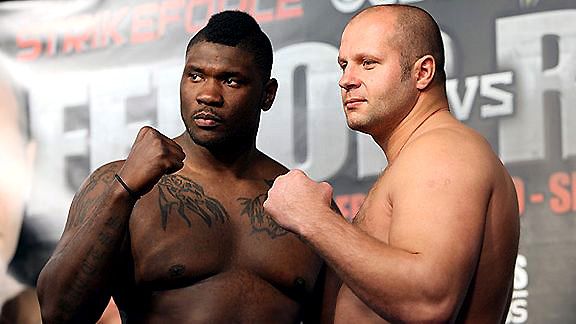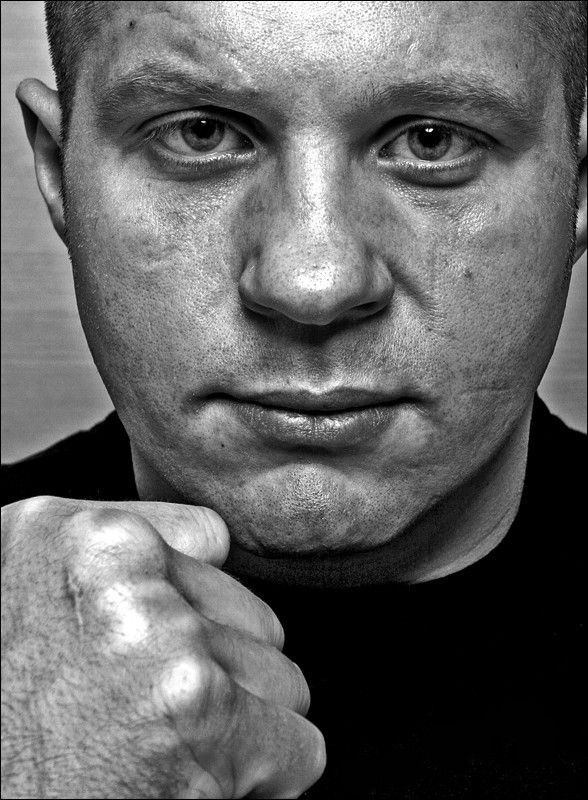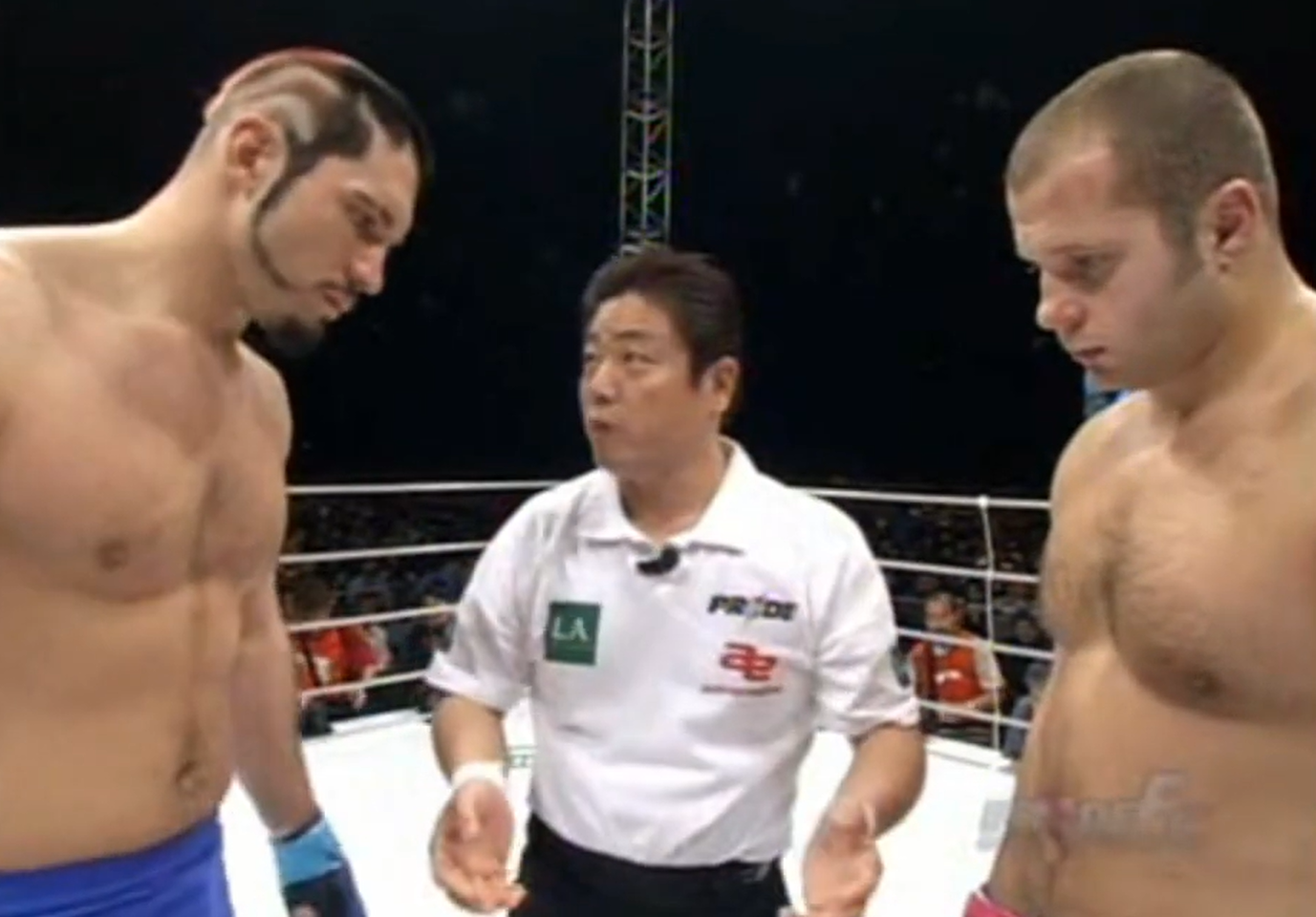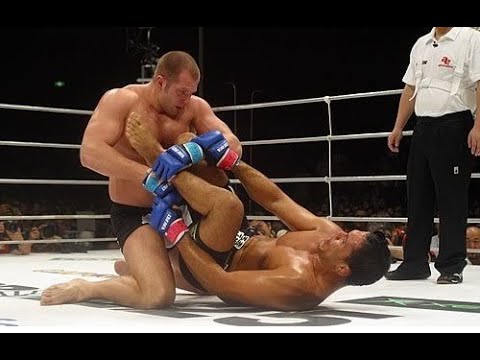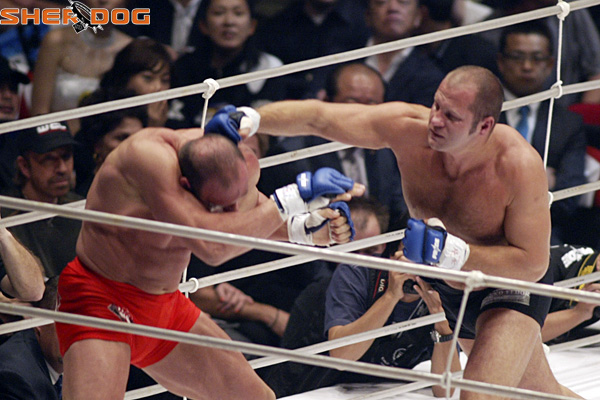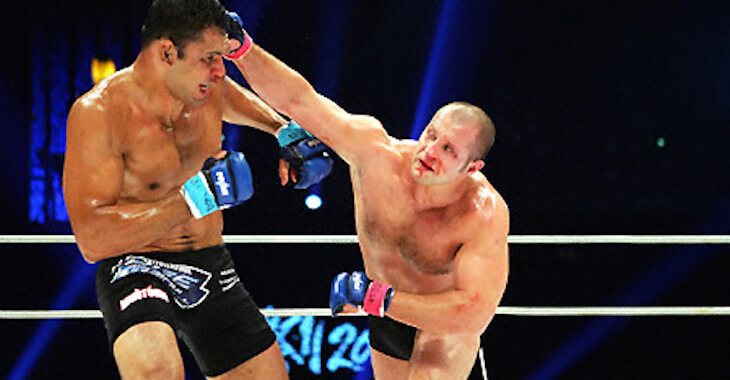Legs. When you’re standing in front of somebody having a conversation or in line at your local supermarket, you see a pair of legs. Sometimes this person annoys you, and you’d like to take one of your own legs, and use it to smash one of theirs. Here is what a set of legs look like, in case you need a refresher:

Locomotive in nature, human legs are also referred to as lower extremities, as they are half of our entire bodies. These limbs allow us to stand, walk, run, swim, jump, skip, and even hang upside down from trees. Given that these lower limbs are pivotal for the support of our upper body and upright movement, damage to legs can make moving around quite troubling. Since the point of combat is to damage your opponent, it’s only natural that human legs would be a huge target of attack for fighters. That’s where low kicks come in. Today, we will be talking specifically about the history of Dutch low kicks.
It’s incredibly difficult to pin down exactly when the first low kick was introduced, given that the first illustrations depicting martial arts are estimated to go as far back as 3000 BC. However, the first known mention of a low kick that I can find is in the epic story of The Odyssey – written by Homer in the 7th century BC. It is estimated to be authored between 700-750 BC. Page 228 of the English version reads:
“With that he passed by, and as he did so the fool landed a kick on Odysseus’ hip”[12]
We obviously don’t know the exact technique Homer is talking about here, and we also don’t know if was just a matter of kicking Odysseus’ hip like you would if you wanted to get your little brother off of you. Whether or not this kick has anything to do with martial arts, this time in Greek history happens to be right around the time of the development of a combat system known as Pankration. This system is thought to have been founded around 700 BC, and it was introduced into the Greek Olympic Games in 648 BC[20]. This discipline had the hallmarks of modern arts we see today – punches, kicks, grappling and wrestling techniques. It was also used by Greek soldiers when they didn’t have weapons and had to engage in hand to hand combat[20]. These techniques have been described and depicted in art such as literature, illustrations, and statues. One such example proves relevance to this article – an image of a man shown throwing a “front low kick”, estimated to be from the Archaic Period, which is between 800 BC and 480 BC:

This was over 2,000 years ago. The low kick you see being depicted in this statue isn’t one we are used to seeing today, as it aims to strike with the heel of the foot into the area of the quadricep, right below the hip. The purpose of a low kick is to do damage, disrupt rhythm, and limit mobility. What kind of low kicks do we (primarily) see now? Well, that’s what we’re here to discuss. In order to understand how this technique ended up in dojos and on televisions all over the world, we need to explore some of the history surrounding it.
Let’s fast forward to 1960s Japan. This was 60 short years ago and the country was a martial arts hub. Karate, Judo, Boxing, Professional Wrestling, and Sumo were all part of Japanese culture at this time, with room to grow. During the late 1960s, there was a Kyokushin Karate black belt named Kenji Kurosaki, who started developing his own style of Kyokushin, combining the techniques of traditional martial arts with the tactics and philosophies of Muay Thai. Here’s a quote from the previous article I wrote, entitled: “Joe Lewis: A Fighter Evolved”:
“This was happening at a time in Brazil where some Martial Artists like Marco Ruas decided crosstraining was a good idea – parallel thinking by some of the great minds of Martial Arts.”
In this quote I was referring to a phenomenon occurring throughout the 1960s and 1970s where martial artists were branching out and expanding their ideas on styles, techniques, practices, and philosophies. This shift was challenging the conventional ways of thinking that dominated martial arts for centuries. A lot of these changes were taking place because of individual martial artists and their ideas of what “combat” should look like – shaped by their upbringing, geographic culture, fellow martial artists, their own individuality, and other factors. Kenji Kurosaki was a black belt in Kyokushin Karate. Now reading the words “Kyokushin Karate” may make you visualize two guys in a karate gi breaking boards, making various hand gestures, and yelling “Osu!”. While that may be part of the discipline, Kyokushin actually differs from most other Japanese Karate forms, in that it puts a greater focus on more realistic fighting. It can be characterized by its aggression, hard sparring, and the importance of damaging an opponent. Most Karate styles consisted of light contact, but Kyokushin allowed full contact strikes in sparring. That simply wasn’t enough for Kurosaki, and he began to pull away from his sensei (Masutatsu Oyama, founder of Kyokushin Karate) in the late 1960s. So what made Kenji Kurosaki want to develop his own subsect of Kyokushin, instead of continuing to practice what he knew?
Into Oblivion
In 1964, Kenji Kurosaki and two other Karatekas were invited to take part in a fighting challenge against three Thai fighters[6]. This challenge would involve these three martial artists flying to Thailand, and competing against three Nak Muays – all under Thai rules. The other two Karate fighters were Tadashi Nakamura and Akio Fujihira[7]. These two won their fights, respectively, with Kenji being the only loser in the bunch, falling to Rawee Dechachai by an elbow strike[7]. Kenji would see very little success in the fight, only scoring anything significant when Rawee got close enough, and he was able to throw him (which was legal under the ruleset). Rawee’s pressure proved to be too much for Kenji to handle. He landed a lot of low kicks, elbows and middle kicks, until he eventually landed the elbow that finished the job[3]. Disappointed with the loss but determined to learn from it, Kenji Kurosaki was inspired by his own experience in the ring, and vowed to create a style that held up better under pressure, and in different environments. Despite this personal goal, Kurosaki traveled to Hawaii and the Netherlands to help his sensei spread Kyokushin Karate across the world[6]. But, Kurosaki’s loyalty to Masutatsu Oyama would eventually come to an end. Although Kyokushin was closer to real combat than most other Japanese forms, Masutatsu Oyama insisted that practice still be performed bare fist, which meant no punches directly to the head were allowed[6]. Contradictory to Oyama’s own philosophy about Kyokushin being closer to street fighting, Kurosaki saw Oyama’s rule for what it was. Kurosaki subsequently left Oyama dojo in 1969 and started his own academy, eventually named “Mejiro Gym” (Mejiro being the district of Japan it was located in) in the same year[6]. It was here that Kurosaki developed the style that would come to be known as “Japanese Kickboxing”. He trained Toshio Fujiwara (who became the first Japanese “Kickboxer”) and Jan Plas (an important Dutchmen we will talk about soon), and created a lineage of insurmountable significance.
Japanese Kickboxing
Now, what exactly is Japanese Kickboxing, and how did it differ from Kyokushin or Muay Thai? Well, it’s easy to conceptualize. The easiest way to think about it is to describe it as Kyokushin Karate with elements of boxing and Muay Thai, with a greater emphasis on damage and practical fighting application. Imagine a fighter with the technique variety and footwork of a karateka, the hand combinations of a boxer, and the speed, power and fluidity of a Muay thai fighter. Now this is how Japanese kickboxing got started and is the general framework, but it goes without saying that there are different ways to blend arts together. To illustrate this, here’s Toshio Fujiwara, prodigy of Kenji Kurosaki and the Mejiro style:
Fujiwara’s background in the Chinese martial art Taikiken gave him a unique base, which would be proven by the way he moved inside the ring. Fujiwara started training in 1969 under Kenji Kurosaki and learned the Mejiro style, making his kickboxing debut the same year[22]. Toshio would go on to win the AJKA (All Japan Kickboxing Association) championship in 1971, and become the first non-Thai fighter to win a Rajadamnern Stadium title in 1978[22]. Unlike most Karate fighters, he didn’t bounce on the balls of his feet. Rather, he moved more like an elite boxer, using a lot of lateral footwork. He used this movement to dart in and attack, then retreat quickly either by switching angles or moving straight back, to avoid counters. His left high kick was as fast as any I’ve seen, and he sometimes preceded it with a low kick using the same leg. Fujiwara had a multitide of weapons with his hands as well, among them his right cross and leaping left (lead) hook. He often lept into his strikes and upon landing, would be in the opposite stance, firing more strikes before his opponent could respond or recover from what he just threw. Although he wasn’t known for combinations in the conventional sense, he mostly threw one strike at a time, targeting different areas of the body and never letting his opponent rest or reset.
Although Fujiwara had an incredibly unique style that will likely never be replicated, why are we talking about Japanese kickboxing? All styles of combat started somewhere and were taught to martial artists, who then passed it down through generations – transcending borders, language, and culture. Every student has a teacher, and every teacher has students. Simply put, every martial art has a lineage. Toshio Fujiwara may be a rare specimen when it comes to Japanese kickboxing, but his game still aligned with its principles. Those employing this particular style generally combine traditional martial arts techniques with high volume and speed, with an emphasis on footwork and defensive responsibility. These fighters blend punches and kicks together really well, and display a wide array of weapons, bringing in Karate techniques such as side kicks and spinning attacks. In the above video you’ll see Toshio throwing teeps and even using the Thai plum to slam knees into his opponent’s face, which both came from pure Muay Thai fighters (Nak Muays). Since a lot of Japanese kickboxers have traditional arts expertise, we also see a lot of boxing influence in their footwork and defensive movements. There is a long history of boxing in Japan, and in the 1960s and 1970s, Toshio looked up to guys like Muhammed Ali and Floyd Patterson. It’s easy to see why this style has become such an effective striking art, carving a path for fighters like Masato Kobayashi and Masaaki Satake.
Japanese Low Kicks (Mejiro)
Let’s summarize: So far we’ve discussed a little history on Kyokushin Karate and how Japanese Karateka blended it with Muay Thai and boxing to create the unique stand-up style known as Japanese Kickboxing. We also covered what legs are. There’s one more thing that we haven’t circled back to: low kicks. Low kicks are one of my favorite techniques in all of combat. It is a joy watching a professional fighter limp back to their corner, after getting their legs brutalized. With low kicks having been part of global kickboxing for decades now, they are also ubiquitous inside the combat sport of MMA. Given that we surmise (without certainty) that low kicks originated at least 2,700 years ago, we know it has evolved. That lineage has traveled through time and atmosphere, making it all the way to the Japanese form of Goju-ryu Karate around 1930, which is what influenced Masutatsu Oyama to include low kicks in his Kyokushin curriculum. We are obviously skipping ahead thousands of years in the martial arts timeline. Now if you’re familiar with Kyokushin low kicks, low kicks of the Mejiro style are virtually the same, with small modifications. If you’ve ever watched Kyokushin sparring or fighting, you’ll know that the style is built for close range, pressure-based combat. These guys have some of the most well conditioned shins on planet earth, engineered and calibrated for leg to leg warfare. In terms of range, most of their kicks are exchanged at a distance much shorter than we are used to seeing MMA fighters use today. This allows them to keep the pressure on their opponent, remain inside the pocket, and keep firing away with their hands. When throwing a Mejiro style low kick in kickboxing or MMA, the goal is to land your middle to lower shin on your opponent’s lead leg. The target area is your opponent’s mid to upper thigh, closer to their buttocks. Landing too high would risk injuring your leg on their hip bone, and landing too low would be dangerously close to their kneecap. Throwing the kick at a closer range only requires a turning of your lead foot to get the right angle on the kick, whereas throwing at distance works better with a small step outward with the same foot, at a 45 degree angle, about the same angle you would be operating in with your kicking leg. The further you are from your opponent, the smaller the angle will be. In pure Kyokushin, when two combatants are exchange up close, the kicker takes a bigger step outward with their lead foot, and throws the kick at more of a horizontal angle, parallel to the floor. This is almost like a Thai style kick, but with the lead arm extended backwards, and the kick being straight instead at a downward, chopping angle. Part of the Kyokushin curriculum is being able to throw punches and kicks in combination, and these specialists do that really well. If you’ve ever watched two Kyokushin guys go at it under knockdown rules, you’ll know it’s high intensity. However, one thing we can observe about these fights is that while these guys do throw both punches and kicks in combination, they often do it in one of the following ways:
1. Charging forward and throwing hands, throwing a low kick, then resetting and attacking with hands again
2. Throwing powerful low kicks (or other kicks) that require them to load up
The observeration here being that although Kyokushin fighters are adept at using both punches and kicks, they are often open for counters by virtue of either requiring a reset before striking again, or being off balance and out of position. Kenji Kurosaki aimed to solve that. Although there was little technical difference between the pure Kyokushin low kick and the Mejiro one, Kurosaki used the technique differently both philosophically and and tactically. Whereas both the Thais and Kyokushin Karate fighters wanted to land low kicks with power and intention, Kurosaki believed they were more effective when one emphasized speed and efficiency. He reinforced this by teaching his students to “slap” these low kicks as opposed to slamming the shin into the thigh, turning the hips over just enough to land at an upward angle, and stepping right back into their natural stance. These modifications are more than likely due to his background in Kyokushin, his experience in Thailand, and personal beliefs about what a real fight would look like. He saw low kicks as one tool out of an entire toolbox, one that didn’t have to be a primary method of attack, and could be used in a variety of ways. Kenji Kurosaki saught to make these low kicks more adaptable to any fighting scenario, coming within the flow of a complete offense. Whether a fighter was using this technique to hurt his opponent or disrupt their rhythm, it would be effective.
Dutch Kickboxing
The genesis of Dutch Kickboxing is a long and storied one but for this article, I will only cover the absolute basics, to provide an understanding of history and frame of reference to operate within. Remember Kenji Kurosaki’s first student and world champion, Toshio Fujiwara? Well by 1975, Fujiwara had transcended Japan’s existing conventions and expectations, having defended the All Japan Kickboxing Association title four times[22]. He had been the reigning champion since 1971, but often fought in Thailand due to limited fighting opportunities in Japan, and every so often travelled back home to defend his belt again[22]. That same year, near an event hall in Tokyo, Toshio would stumble across three important figures in Dutch martial arts: Jan Plas, Peter van den Hemmel, and Jan van Looijen[4]. These three were looking at advertisements for a kickboxing event on the side of a building, and just so happened to peek Fujiwara’s curiosity[4]. He asked where they were from and upon learning they were from Holland, Toshio asked them if they knew Jon Bluming (Plas’ Kyokushin instructor, black belt in Kyokushin, black belt in Judo)[4], to which they affirmed. Toshio invited them to watch a kickboxing event that evening[4] and then introduced the trio to Kenji Kurosaki, who as we know, is the founder of Mejiro style kickboxing. All three of them trained at Mejiro Gym in Tokyo the following morning and started learning from the master himself. Kenji taught the Dutchmen his style of low kick and had them kick truck tires, bats, and bags of sand to condition their shins. They also learned elbows, clinching and throwing (which are all part of Thai boxing). These three men were taught the entire system of Mejiro kickboxing – by the end of 1975, they had returned home to the Netherlands to pass down this knowledge to other martial artists. Jan Plas started teaching this style in an old boxing gym in the same year until opening his own standalone gym called Mejiro Gym Amsterdam, in 1978[8]. Jan Plas would take this time to develop and teach his own system of striking now known as Dutch Kickboxing (and inaccurately referred to as Dutch Muay Thai), and would make Mejiro Gym the launchpad and gold standard in kickboxing for years to come. This team built Dutch kickboxing world champions such as Rob Kaman, Peter Aerts, and the earliest, Lucien Carbin, who was a first generation (Dutch) Mejiro fighter[8]. Lucien was also a coach at Mejiro and trained Kaman himself, along with future kickboxing stars like Alistair Overeem and Tyrone Spong. Lucien Carbin was the first known combat practitioner of the style of Dutch Kickboxing, and was a national champion in the disciplines of Savate, Muay Thai, and Kyokushin Karate. Although there are stylistic differences between Japanese and Dutch kickboxing, we will only cover the essentials. Generally speaking the Dutch have a more pressure based style that aims to put punches and kicks together efficiently, with more of a focus on throwing long boxing combinations, punctuated by low kicks. These guys are aggressive, well-conditioned, and full of elite skills. Here is a world champion putting those combinations together:
Dutch fighters generally use less evasive footwork and rely more on head movement and the Dutch guard, which is essentially a modified boxing guard. Because of their hard sparring and training, Dutch fighters are known for their durability and toughness, with a “take two to give one” attitude, and are always looking for the knockout. Rob Kaman used a lot more footwork and switched stances, whereas Peter Aerts may be the best visualization of the pure Dutch style. A lot of Dutch fighters use a bladed stance with a slight bend in the knees, like Ernesto Hoost. Both Ramon Dekkers and Peter Aerts are examples of guys that had more of an upright stance, like Thai fighters do. Like Kyokushin, Dutch kickboxing puts a heavy emphasis on attacking the body, with both kicks and punches. Remy Bonjasky is another fighter who embodies the pure Dutch style, stalking his opponents, with a high defensive guard, and adding in his array of flying knees and kicks.
Dutch Low Kicks
When it comes to Dutch low kicks, the technique is the same as the Japanese style. The mechanics of the kick come from Kyokushin, and regardless of a fighter’s martial arts background, most Dutch fighters learn it, and use it. I’ll repeat the two primary ways in which this kick is thrown: the first is throwing at an upward angle, turning your lead foot outward. The kick lands at around a 45 degree angle, slapping above the knee. Like Masato:
The other way we see is at a near 90 degree angle – not quite a Thai style chopping kick, but more parallel to the ground. Like this:
There are many fighters that employ both styles of low kicks, and some that also incorporate more Thai into it. Both the Dutch and Japanese style aim to keep their head back when they throw these kicks, as to not put a big target in range for an opponent to counter. Dutch low kicks find the perfect blend of Kyokushin and Japanese style – kicking at close range without being vulnerable to counters, and following up kicks with punches instead of retreating or angling out. Some Dutch fighters even use kicks to close distance.
Here is more of Rob Kaman, as he uses the low kick to get into range, then uses it again to exit.
Here is the Lucien Carbin (one of Kaman’s coaches) throwing a low kick.
And of course, the Japanese pioneer Toshio Fujiwara throwing a mixture of horizontal and upward.
a history of dominance
Every fighter in this article has long been retired, and some have even passed away (Rest In Peace to Jan Plas, Ramon Dekkers, and Rob Kaman). But we are not so disconnected from these pioneers and champions. In fact, some of the most dominant fighting forces in the world are still using the Dutch style, and a LOT of combatants fighting in MMA today use the same method of low kicking. Nieky Holzken is a great example of the Dutch style in kickboxing. He’s a former GLORY world champion and tournament winner, and has been one of the wold’s best kickboxers for a long time.
His kickboxing lineage would be Kenji Kurosaki >> Jon Bluming >> Cor Hemmers >> Nieky Holzken[1]
Alistair Overeem is another Dutch fighter, having fought in both Kickboxing and MMA, and holds world championships in both. He comes from the same lineage, but took a different path.
His lineage would be Kenji Kurosaki >> Jan Plas >> Lucien Carbin >> Alistair Overeem[1]
In MMA, we have Michael Chandler.
Chandler has developed into a strong low kicker over the last several years, and it’s no surprise, based on where he trains.
Believe it or not, his lineage checks out:
Kenji Kurosaki >> Jan Plas >> Henri Hooft (Kill Cliff FC) >> Michael Chandler
There are more exceptional kickers in MMA like Jose Aldo, Edson Barboza, and many others. Some of them come from the Dutch lineage and some have more of a Thai style, and some use a blend of both.
We started here:

Travelled here:

And eventually, ended up here:

Here are some other important gyms in the development of Dutch kickboxing:


In just 60 years, we have seen Dutch low kicks go from complete non-existence, to obscurity, and now to not just universal acceptance, but full assimilation and dominance. That is all thanks to people like Masutatsu Oyama, Kenji Kurosaki, Jon Bluming, Jan Plas, Johan Vos, Peter van den Hemel, Jan van Looijen, Thom Harinck, Bas Boon, Chris Dolman, Cor Hemmers, and many other names I haven’t mentioned, or have been lost to time. Long live the power of low kicks.
References
- Kickboxing Tree (Unknown). “Kickboxing Tree.” KickboxingTree.Com, www.kickboxingtree.com/. Accessed 29 Nov. 2024.
- “Osamu Noguchi.” Wikipedia, Wikimedia Foundation, 12 Oct. 2023, en.wikipedia.org/wiki/Osamu_Noguchi. Accessed 29 Nov. 2024.
- Sylvie von Duuglas-Ittu. “Origins of Japanese Kickboxing – the Karate vs Muay Thai Fight That Started It All.” Muay Thai Blog & Journalism | Sylvie von Duuglas-Ittu, 28 Dec. 2015, 8limbsus.com/muay-thai-thailand/the-origins-of-japanese-kickboxing-the-karate-muay-thai-fight-that-started-it-all. Accessed 29 Nov. 2024.
- Dutch Kickboxing. “Dutch Kickboxing History.” Dutch Kickboxing, www.dutchkickboxing.com/history/. Accessed 29 Nov. 2024.
- “Mas Oyama.” Wikipedia, Wikimedia Foundation, 28 Nov. 2024, en.wikipedia.org/wiki/Mas_Oyama. Accessed 29 Nov. 2024.
- “Kenji Kurosaki.” Wikipedia, Wikimedia Foundation, 14 Nov. 2024, en.wikipedia.org/wiki/Kenji_Kurosaki. Accessed 29 Nov. 2024.
- “Osamu Noguchi.” Wikipedia, Wikimedia Foundation, 12 Oct. 2023, en.wikipedia.org/wiki/Osamu_Noguchi. Accessed 29 Nov. 2024.
- “Jan Plas.” Wikipedia, Wikimedia Foundation, 20 Sept. 2024, en.wikipedia.org/wiki/Jan_Plas. Accessed 29 Nov. 2024.
- “Thom Harinck.” Wikipedia, Wikimedia Foundation, 26 Nov. 2024, en.wikipedia.org/wiki/Thom_Harinck. Accessed 29 Nov. 2024.
- “Chakuriki Gym.” Wikipedia, Wikimedia Foundation, 19 Nov. 2024, en.wikipedia.org/wiki/Chakuriki_Gym.
- “Rob Kaman.” Wikipedia, Wikimedia Foundation, 26 Oct. 2024, en.wikipedia.org/wiki/Rob_Kaman.
- Homer. The Odyssey, First ed., W. W. Norton & Company, New York City, New York, 2018, p. 228.
- Lawrence Kenshin Striking Breakdowns. “Why Dutch Kickboxing Dominates.” YouTube, 24 July 2022, youtu.be/ipqpeOWPy-U?si=vXY3as8e4FDwz6uE. Accessed 30 Nov. 2024.
- GLORY. “GLORY 19 Virginia – Nieky Holzken vs. Raymond Daniels (Full Video).” YouTube, 6 Aug. 2015, youtu.be/XfmLLpC1Y9A?si=RTPos6kd0vKtVDva. Accessed 30 Nov. 2024.
- MMA Museum. “K-1 Dynamite 2008: Badr Hari vs Alistair Overeem.” YouTube, 28 Aug. 2021, youtu.be/BgmDossYmtc?si=Bxv4RCKCO0qtNd30. Accessed 30 Nov. 2024.
- K1. “K-1 MAX – Masato vs. Genki Sudo – Japan Tournament 2003.” YouTube, 23 Mar. 2012, youtu.be/L8X_ZQ-b8zk?si=bOY65DlLB2dBUA95. Accessed 30 Nov. 2024.
- Mouseboxer’s Classic Kickboxing. “Lucien Carbin vs. Asumu Inaba (03/05/1981).” YouTube, 25 Oct. 2024, youtu.be/Xs2IfP0Xm7I?si=3PpsrjR-mXKnGpTk. Accessed 30 Nov. 2024.
- Mouseboxer’s Classic Kickboxing. “Rob Kaman vs. Blinky Rodriguez (04/04/1982).” YouTube, 2024, youtu.be/u_iac6h5jdU?si=ziM-uOaSUQRRb7VU. Accessed 30 Nov. 2024.
- vrx. “Rob Kaman vs Lakchart Sor Prasartporn 2.” YouTube, 10 Aug. 2020, youtu.be/o6y4TuquDFE?si=auMSfB4HF0Bf3Nl5. Accessed 30 Nov. 2024.
- “Pankration.” Wikipedia, Wikimedia Foundation, 25 Sept. 2019, en.wikipedia.org/wiki/Pankration. Accessed 30 Nov. 2024.
- Pankration Channel. “PANKRATION KICKS – ΛΑΚΤΙΣΜΑΤΑ ΣΤΟ ΠΑΓΚΡΑΤΙΟ.” YouTube, 13 Mar. 2021, youtu.be/RxOSLVWgN04?si=IKnKmrWf2NkVKybZ. Accessed 30 Nov. 2024.
- “Toshio Fujiwara.” Wikipedia, Wikimedia Foundation, 28 Nov. 2024, en.wikipedia.org/wiki/Toshio_Fujiwara. Accessed 30 Nov. 2024.
